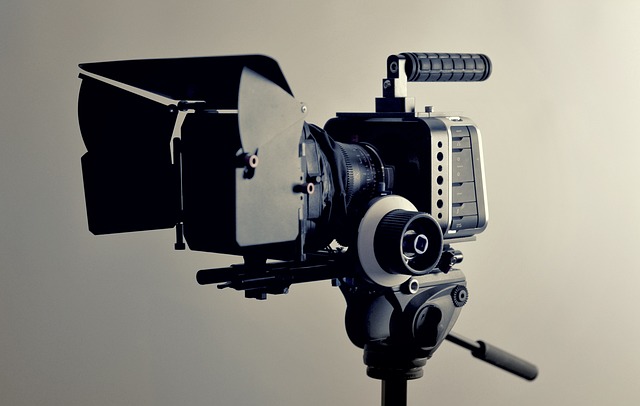The Rebirth of Cinematic Expressionism in Modern Film
In the ever-evolving landscape of cinema, a captivating trend is emerging that harkens back to the golden age of German Expressionism. This resurgence of stylized, emotive filmmaking is reshaping contemporary storytelling, blending classic techniques with cutting-edge technology to create visually stunning and psychologically rich narratives.

These groundbreaking works influenced generations of filmmakers, leaving an indelible mark on genres ranging from film noir to horror. However, as cinema evolved, the overt stylization of Expressionism gave way to more naturalistic approaches, relegating the movement to the annals of film history.
The Modern Revival
In recent years, a new wave of directors has begun to revisit and reimagine Expressionist techniques, adapting them for contemporary audiences. This revival is not merely a nostalgic throwback but a fresh interpretation that combines classic aesthetics with modern sensibilities and technological advancements.
Filmmakers are leveraging digital tools to create surreal, dreamlike environments that echo the painted backdrops of early Expressionist films. These digital landscapes allow for a level of visual manipulation that early pioneers could only dream of, enabling directors to craft immersive, psychologically charged worlds that blur the line between reality and imagination.
Psychological Depth in the Digital Age
One of the key aspects of this neo-Expressionist movement is its focus on psychological storytelling. In an era dominated by CGI spectacles and action-packed blockbusters, these films offer a refreshing counterpoint, delving deep into the human psyche and exploring complex emotional territories.
Directors are using distorted perspectives, extreme angles, and unconventional color palettes to externalize internal states of mind. This visual approach allows audiences to experience characters’ emotions and perceptions in a visceral, immediate way, creating a powerful connection between viewer and subject.
Cross-Pollination with Other Art Forms
The resurgence of Expressionism in cinema is not occurring in isolation. It’s part of a broader artistic conversation, with filmmakers drawing inspiration from and collaborating with artists working in other mediums. Contemporary painters, digital artists, and VR designers are all contributing to this cinematic renaissance, bringing fresh perspectives and innovative techniques to the silver screen.
This cross-pollination is resulting in films that are not just visually striking but also conceptually rich, challenging viewers to engage with the material on multiple levels. It’s a testament to the enduring power of Expressionism as an artistic philosophy, capable of adapting and evolving to remain relevant in the 21st century.
Impact on Mainstream Cinema
While this neo-Expressionist movement has primarily flourished in independent and art house circles, its influence is beginning to seep into mainstream filmmaking. Major studios are taking notice of the critical acclaim and cult followings garnered by these visually distinctive films, leading to more experimental approaches in bigger budget productions.
This shift is introducing wider audiences to Expressionist techniques, potentially reshaping popular expectations of what cinema can be. As viewers become more accustomed to these stylized visuals and psychological narratives, it opens the door for even more daring and innovative filmmaking in the future.
The Future of Cinematic Expressionism
As technology continues to advance and new generations of filmmakers emerge, the possibilities for Expressionist cinema are boundless. Virtual reality and augmented reality technologies offer exciting potential for creating even more immersive, subjective experiences that align perfectly with Expressionist principles.
Moreover, as global events continue to shape our collective psyche, the emotionally charged, introspective nature of Expressionism may become increasingly relevant as a means of processing and reflecting on our shared experiences.
The rebirth of Cinematic Expressionism represents more than just a stylistic trend; it’s a powerful reminder of cinema’s capacity to explore the depths of human emotion and perception. As this movement continues to evolve, it promises to push the boundaries of what’s possible in film, challenging both creators and audiences to see the world through new, expressive lenses.





